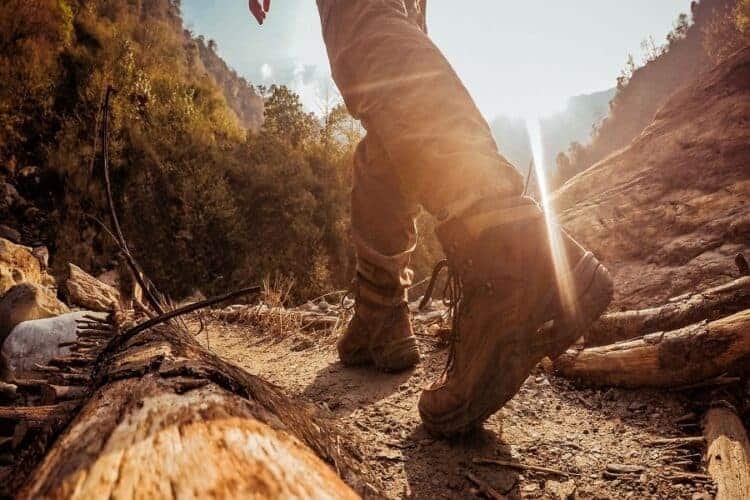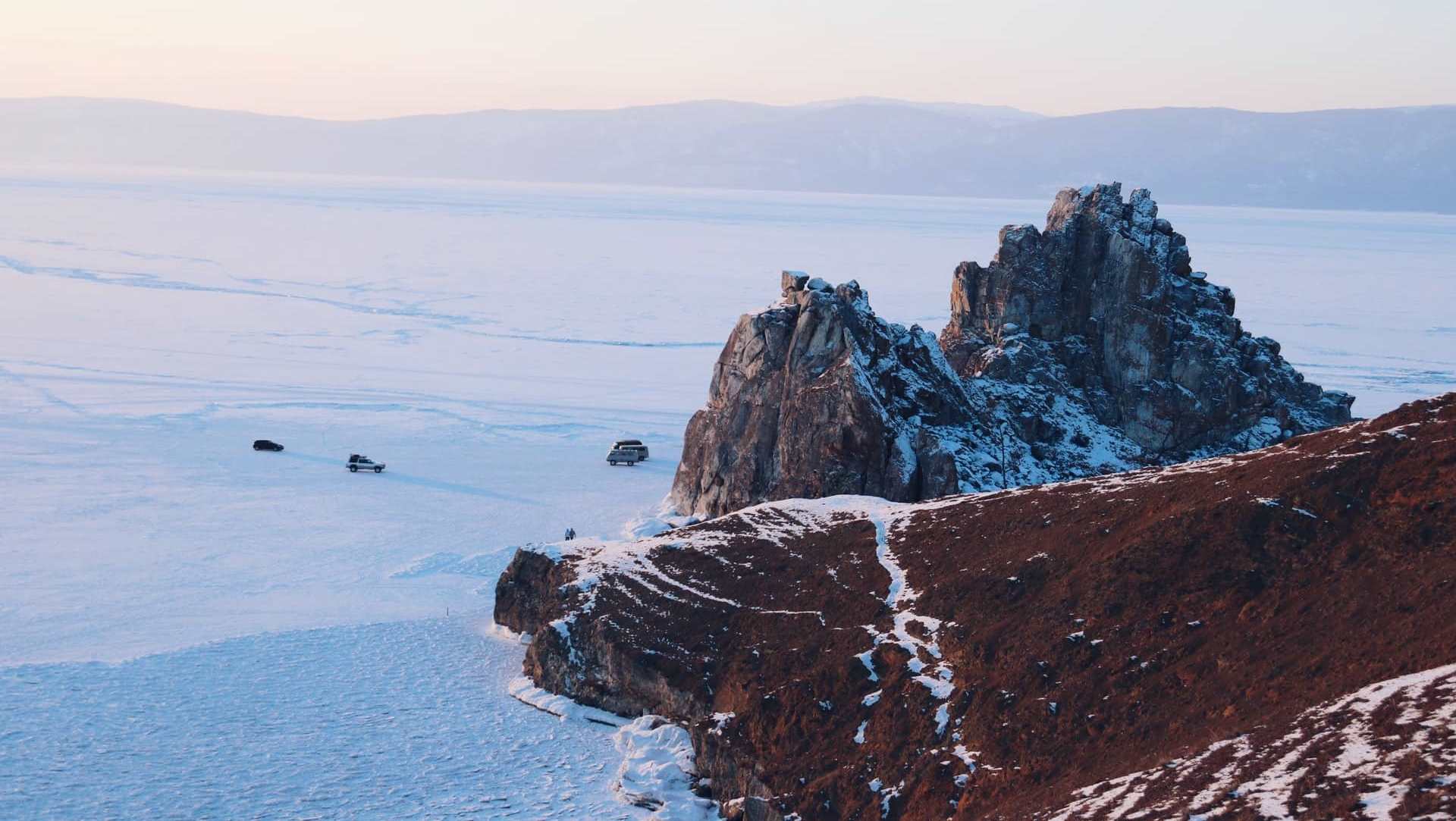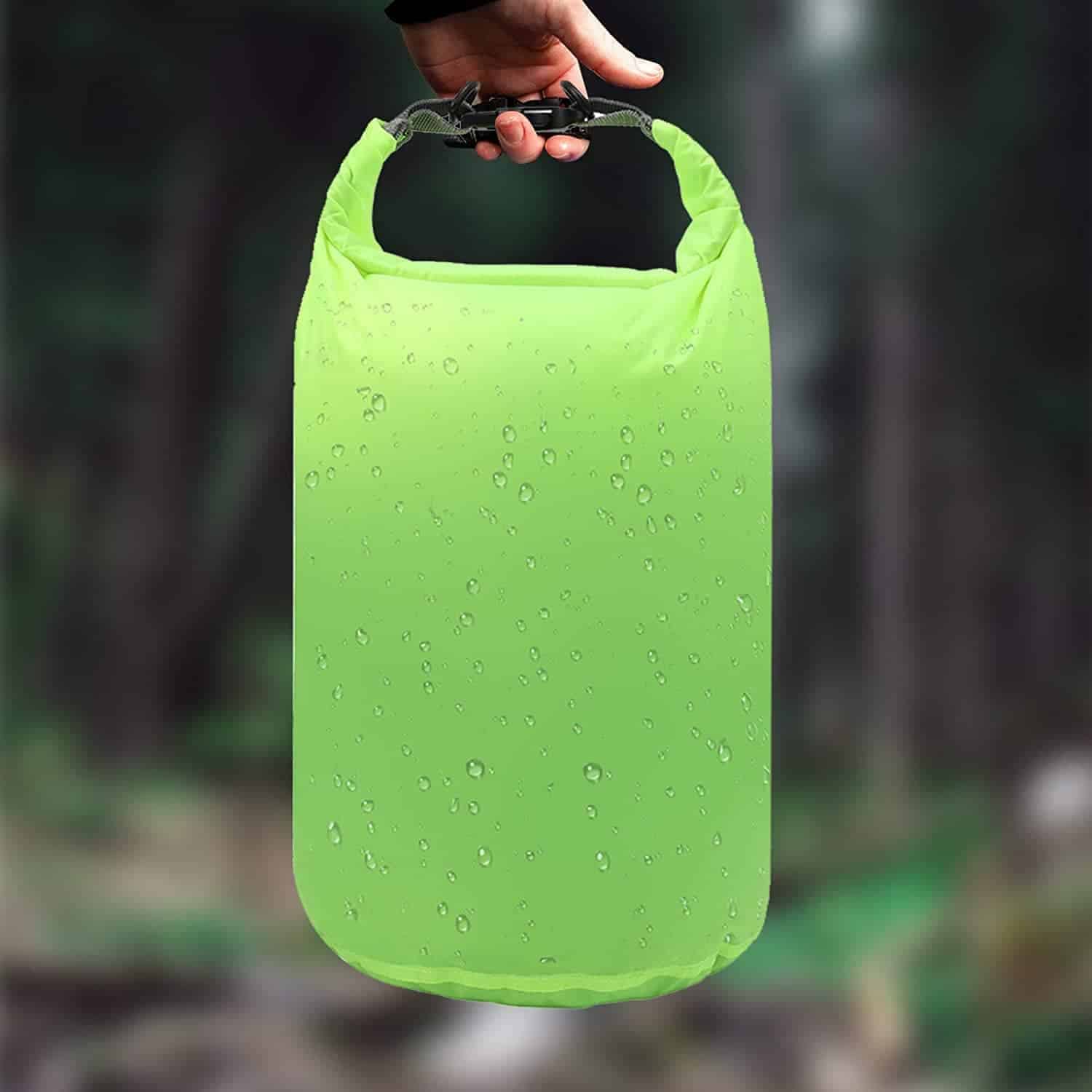When looking at your calendar, do you see that you have many backpacking trips booked? In addition to getting the appropriate gear, you should start your backpacking journey well-trained, so you can endure long hours of adventures!
Each sport has its specific demands, and if you don’t train for them, you will find you don’t perform nearly as well as you could have. Backpacking is no different. While most people don’t think of it as a sport in the sense of games and scores, it has specific physical demands that make you a much better backpacker if you train like an athlete.
Everyone should think of themselves as an athlete even if they don’t compete in anything. If you have a date to be ready for a backpacking trip, you can use the same training strategies a competitive athlete would when getting ready for an event.

Why Does Fitness Matters For Backpacking?
Backpacking is supposed to be a leisure activity, so why does fitness matter?
There are many reasons to get in shape for your backpacking trips, but outside of that, you should work to be fit and strong for life. Just a high level of general physical preparedness will improve all aspects of your life, from your mental health to your love life.
Below are our main reasons why you should be fit for your backpacking trips.
More Fun
When you are fit, you have more fun. You won’t suffer as much on your hikes, and your backpack will feel lighter. You’ll have more energy once you get to camp so you can enjoy things like swimming or hang around the campfire. We all know that annoying fit person who never gets tired. That can be you.
More Miles
On any given day, you will have a certain number of miles your legs can take you. The fitter you are, the further this is. If you are doing a thru-hike or loop where you have to get a certain number of miles done each day to get back to the car on time, then you better be fit enough to get there.
Less Injury
Famous football coach Vince Lombardi had a great quote about fitness: “Fatigue makes cowards of us all.”
It doesn’t matter how mentally tough you are if your body is giving out. Less fitness means more fatigue which increases the chance of injury. When the muscles, especially the stabilizers of the hips and knees, get fatigued, you are more likely to stumble and get hurt.
When you lack adequate training, you are much more prone to overuse injuries as well. These injuries can be tendonitis in the knees or Achilles tendon. These types of damages take forever to heal, so avoid them by building a level of fitness that makes you as close to injury-proof as possible.
What Is Fitness For Backpacking?

Fitness is having levels of endurance, strength, mobility, and skills to do a task effectively. Everyone needs strength, endurance, and mobility. It is just the amounts that will change. A backpacker needs a lot of endurance and a reasonable amount of strength.
Endurance
Endurance is the ability to do a repetitive activity without undue fatigue. We use several techniques, including Every Minute ON The Minute (EMOM) training, steady-state exercise, distance walking lunges, and high-intensity interval training.
EMOM
EMOM training is setting a timer to beep every minute. At the start of the minute, you do a set of an exercise, for example, ten goblet squats, and whatever time is left in the minute is your rest period. You might start with 5 minutes of a movement which would mean five sets. Each week you add a set that will build your work capacity and, therefore, your endurance. We use this in our strength training approach to build strength and endurance, essential for any long-duration activity like backpacking.
Steady State
Steady-state training is more prolonged, sustained sub-maximal work such as jogging or cycling. To train for backpacking, our preferred method of steady-state exercise is ruck marching which is hiking or walking with a heavy pack. Ruck marching is the most sport-specific method to condition your body to carry the load. With ruck marching, you can increase the load you move, the time you march, the speed you train, and the terrain you hike on to vary the workload.
Ruck marching effectively builds the aerobic system, which is the primary energy system used when backpacking. Aerobic means oxygen, so the pace should be high enough to increase breathing and heart rate, but you should still be able to maintain a conversation without being out of breath. If you use a heart rate monitor, the target will be 60-75% of your maximum heart rate.
Duration should be 30 minutes or more. We recommend starting at 30 minutes and building up to 60 minutes three times per week.
Distance Walking Lunges

Walking lunges are an exercise you will see people perform in the gym, but when you take them outside, they are a potent builder of muscular endurance in the legs and hips. The forward stepping motion mimics the exaggerated steps you will sometimes have to take when backpacking on uneven terrain. Walking lunges are also good at strengthening the knees but should be approached with caution if you have knee issues.
We recommend starting with two sets of 50 yards, twice per week. Walk around for 2 minutes between sets for recovery. Each week add 10 yards until you are up to 2 sets of 200 yards.
When you first do them, please expect to be sore the day after, but your body will quickly adapt to the point that it doesn’t get sore any longer.
High-Intensity Intervals
High-intensity intervals are the technique of varying repeated bouts of high effort with low-intensity activity for recovery. This is an advanced technique, so if you haven’t been training regularly for at least a year, we recommend sticking to other modalities until you have.
High-intensity intervals build aerobic and anaerobic capacity as well as speed and power output. You will find your body adapts, and you will recover quicker between bouts of hard effort than you did previously.
Our favorite approach to high-intensity intervals is hill sprints. Find a grass hill or trail that is moderately steep that is at least 40 yards long. The process is pretty simple. Sprint up the hill and walk back down. We find sprints of 15 seconds to be highly effective. Walk around the base for a couple of minutes to recover and do it again. As a warm-up, we suggest doing your first two reps at about 75% effort. The rest of the rounds should be all out.
We recommend not making hill sprints more than once a week. Start with five sprints and add 1 per week until you are up to 12.
Strength
Strength is the ability to produce force against resistance. The more power you can generate, the stronger you are.
Backpacking seems like purely an endurance activity, but you are exerting force against gravity while wearing an external load in the form of your pack. Add in the increased demand of going up or down, and these forces are multiplied.
When looking at getting stronger, there are just a few movement patterns that cover the whole body. This is what we use to create programs as they are highly effective.
- Squat or Lunge (We suggest alternating each workout)
- Hip Hinge
- Push
- Pull
- Loaded Carry
When it comes to getting stronger for endurance sports, we keep the programming simple.
- Full body workout 3 X per week
- Each workout has one of each movement pattern
- If you include walking lunges for muscular endurance, then you don’t need them in your strength program
- Each movement is done in an EMOM format to build strength and muscular endurance
We have completed programs later in the article.
Mobility

Mobility is the ability to move under control through a full range of motion. We aren’t concerned with how far you can statically stretch. It is how you move that matters.
One of the best ways to work on mobility is to do a daily practice of the following:
On strength training days, do this as your warm-up before training.
Keep the weights light, focusing on slow controlled movements with as extensive a range of motion as possible.
Three rounds
5 Goblet Squats – Work as deep as you can with your elbows between your knees to pry open your hips at the bottom. Aim to get your butt below your knees while keeping your back flat. Spend at least 10 seconds at the bottom of each rep.
5 Giant lunges per leg – Take a big step forward and slowly rock up onto the toes of the forward foot as you drop into a deep lunge. After pausing at the bottom, return to standing.
5 Banded Good mornings – With a big loop band under your feet and around the back of your neck, pivot at the hip until you are getting a deep hamstring stretch. Pause at the bottom and then return to standing.
10 Thoracic rotations per side – Assume a position on all fours. Take one arm and reach across your body as far as you can and then reach out to the side toward the ceiling. Your head should move with your spine. This focuses on upper spine mobility.
Thirty seconds Dead Hang from a pull-up bar – This is amazing for your shoulders and restores the ability to put your arms directly overhead.
If you do this regularly, you will feel more relaxed and will move more fluidly.
Training Principles

There are many training principles, but you will make most of your progress if you focus on these specific few.
Consistency
Steady quality workouts are what are going to get you long-term progress. People get motivated and then kill themselves rather than just slow and steady. To the best of your ability, stick to your plan and get the work in.
Frequent small workouts are better than a couple of big ones each week.
Progressive Overload
You need to do more work this week than you did last week to create enough stress for your body to adapt. This increase should be kept small. With steady-state training, don’t add more than 10% per week to the duration of your workouts.
It doesn’t take much to elicit a response if you are untrained, while the experienced athlete will need to do a lot more work each week to see minor improvements.
Progressions should be aimed slow and steady. Slight increases over time create a significant change in six months or a year. This approach reduces the risk of injury as you will be going backward if you have to take time off.
Individuality
This principle recognizes that people have different capabilities. Your training needs to be tailored to where you are right now. Some people will recover better than others, or they have built up a high tolerance for exercise.
While we have included a few programs in this article, you can’t just take a cookie-cutter approach and assume it will work for you. It may be too much or too little.
Factors that affect your training include:
- Training history
- Age (Over 40 usually means more recovery time)
- Previous Injuries
- Lifestyle including nutrition and sleep
- Stress
Training Programs

The program we have is an example you can use to build a program. If you haven’t been training regularly, start small and build. As the saying goes, Rome wasn’t built in a day, and neither is fitness.
It is hard to give detailed training advice without knowing your training history and your current fitness level. But the program can work as a blueprint for yourself. Adjust as needed for your current fitness level.
This program is based on the idea that you understand basic exercises and train semi-regularly but aren’t an avid athlete.
Mobility
Do the mobility program five days per week. Use it as a warm-up on strength training days.
Cardio Endurance
Ruck March 3 X per week – Start at 30 minutes per session and add 5 minutes per week until you are at 60 minutes. Begin with a load 25 % lighter than your pack weighs when backpacking, and add 5 lbs per week until it is 25% heavier.
Strength and Muscular Endurance Training

Set a timer to beep every minute. You can download a free interval timer for your phone from the app store.
You will start with five rounds of each exercise and add around each week until you have ten rounds.
10 Goblet Squats – Use a dumbbell or kettlebell to load the exercise. Start with 20-35 lbs depending on strength level.
10 Kettlebell Swings – Start with 25 lbs for women and 35 lbs for men.
5 Pushups – If this is easy after the first workout, then add a rep per week.
5 Body Rows – If this is easy after the first workout, then add a rep per week.
30-second Farmers Carry – Start with 25 lbs per hand. Increase the weight if this is easy.
Every Sixth week reduce the volume you are doing by half to let your body recover. In week seven, start back at the week five-level and keep building on the number of reps or amount of weight you are using.
Conclusion
Getting fit for backpacking trips can be simple, but you have to do the work. Steady, consistent training over several weeks, months, and years is the recipe for radically improved fitness. Being fit makes everything in your life better. You will be healthier, your partner will find you sexier, and most importantly, you will have more fun, more miles, and fewer injuries while backpacking.
Disclaimer
All the information displayed in this article is in good faith and is exclusively meant for educational purposes. Under no circumstances should the images, graphics, texts, and other materials created by this article be perceived as medical treatment, diagnosis, or instruction. Only seek professional medical advice from a qualified physician concerning any medical condition.





